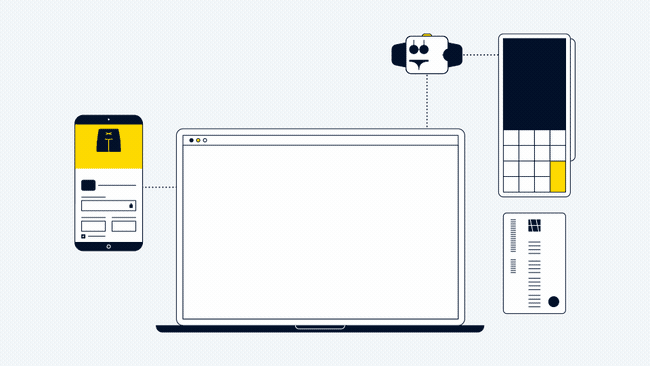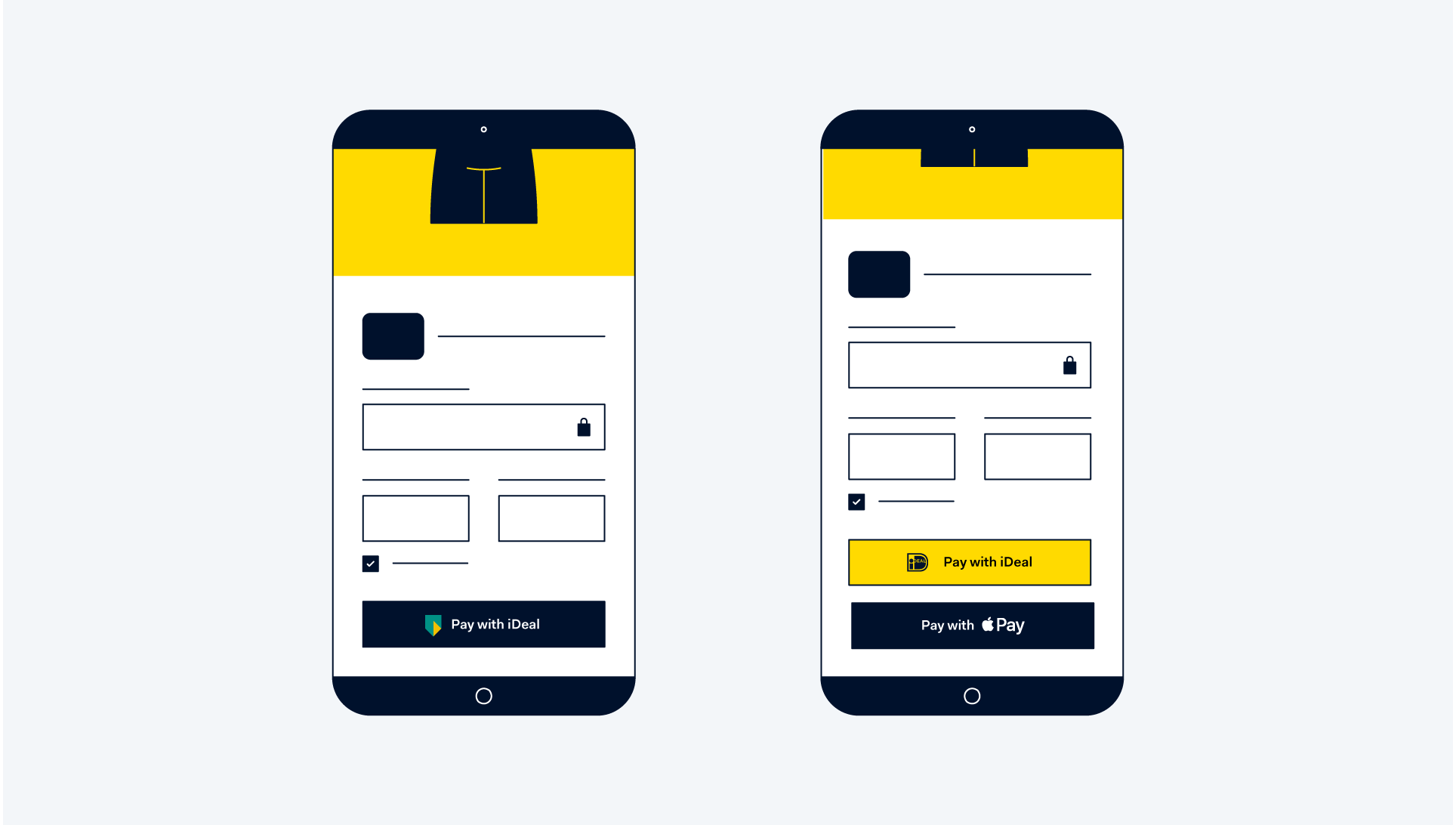GATEWAY BASICS
Get the best from your payment data
In this chapter you’ll learn:
- Which customer insights you’ll have at your fingertips
- What unified commerce is and why it’s important
- How payment data can help you provide a more personalized experience

In this chapter we’ll look at how payment data can be used to help your business in several ways.
Finally, the payment has gone through, the money is taken from your customer’s account and credited to yours. Now what you have is data.
You can learn a lot about your customers from your payment data:
- Where they are
- How much they’re spending
- How often they buy from you
- What device they’re using
- Which channels they prefer
- What payment methods they prefer
If your payment data from all devices, channels, and markets feeds into the same platform, you’ll have a global snapshot of your customers in one place. You’ll be able to paint a detailed picture of your customers’ needs, wants, and preferences; target specific customer segments; and deepen existing relationships.
Unified commerce
It used to be multichannel, then it became omnichannel, and now it’s unified commerce. In simple terms it means everything is connected: Your customer can buy via multiple devices and channels, and across multiple markets. And, instead of each interaction being managed by separate systems, it’s all consolidated into one.
Unified commerce gives you some really interesting insights from your payment data. For example, if you have an ecommerce site and physical stores you can:
- Measure the impact a new store has on your ecommerce sales
- Identify clusters of online shoppers to help you decide where to open a new store
- See what proportion of your in-store shoppers come from overseas
Customer personalization
Insights from your payments data will let you create tailored experiences for all your customers. In fact you can be so targeted that no two customer journeys need look the same.
Personalized checkouts
Take a look at the two checkout flows below. This is the same checkout, but two different customers. The checkout has adapted to the customer’s location and the apps they have installed on their smartphone.
Contextual marketing
This is all about sending the right messages to the right shoppers at the right times. 50% of US shoppers want location-based discounts and coupons sent to their smartphones.
You can do this in different ways. One example is to send push notifications to shoppers near your store, enticing them inside with a discount on an item they’d been browsing online. Or, since most new payment terminals come with beacons installed, you can recognize your shopper at the point of sale via their mobile app. You can then give them the option to pay in-app and relinquish points they’ve accumulated.
Get powerful customer insights with OkePay
OkePay gives you a single view of customers across devices, channels, and markets, helping you to build a deep understanding of your customers. Our comprehensive reporting is available in one back-office. So you have all the information you need to win more customers, build loyalty, and increase your revenue.


